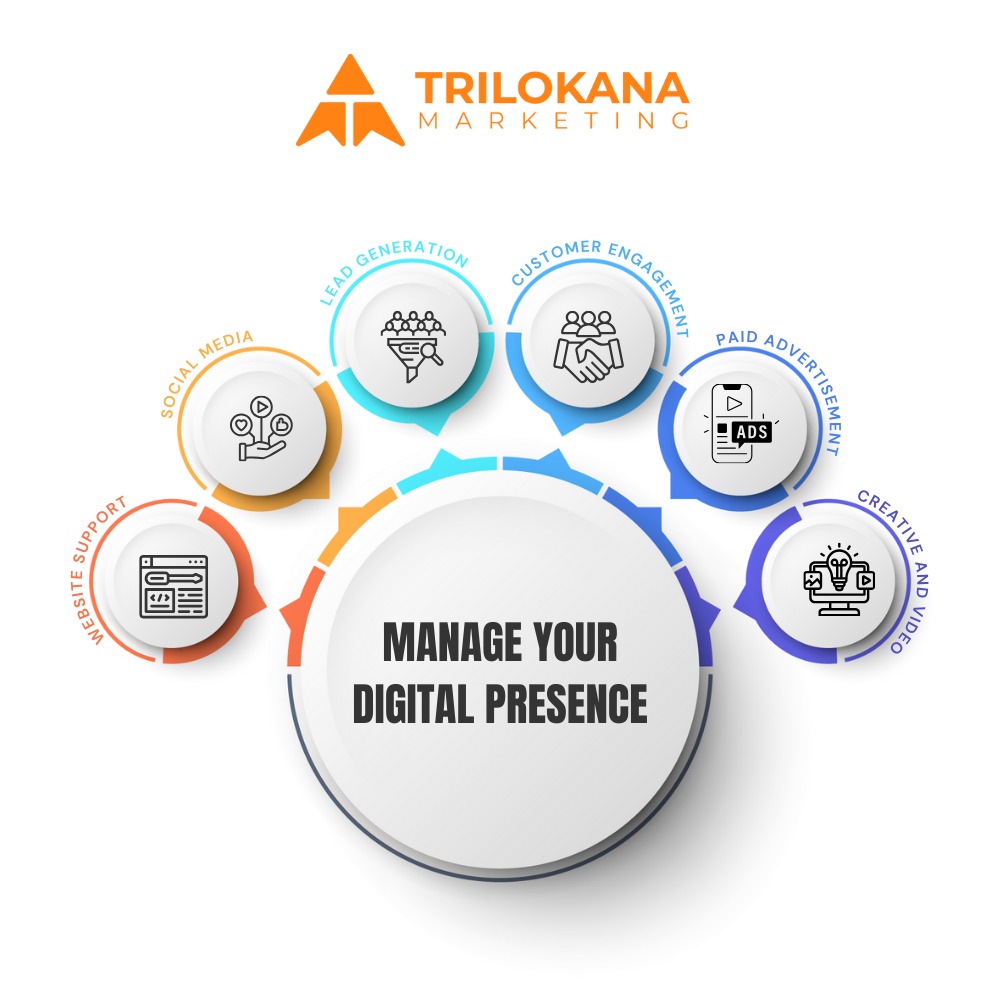Google remains the most powerful ecosystem for understanding digital performance—whether through Google Analytics, Search Console, or Google Ads. Each tool provides essential metrics that can help you refine your content strategy, SEO, and paid campaigns.
In this guide, we’ll break down the most important Google metrics, how they’re calculated, what they reveal, and how to use them to grow your business online.
🔍 Google Analytics Metrics
Google Analytics (GA4) is the cornerstone of digital performance measurement. With the move from Universal Analytics to GA4, the way we interpret data has changed significantly.
-
Users
- Users represent individuals who visit your website.
- GA4 distinguishes between Total Users, New Users, and Active Users (those who engaged during a session).
- Use this metric to monitor site popularity, returning visitors, and reach.
💡 “Active Users” are a better measure of engagement than raw user counts.
-
Sessions
A Session is a group of user interactions with your site within a given time frame (default: 30 minutes of inactivity ends a session).
- Includes page views, events, purchases, etc.
- GA4 focuses on event-based sessions, which are more flexible and accurate.
-
Engaged Sessions
These are sessions where a user:
- Stayed for 10+ seconds, OR
- Viewed 2+ pages, OR
- Triggered a conversion event
🎯 This is GA4’s new way of filtering out low-quality visits.
-
Engagement Rate
Engagement Rate = Engaged Sessions / Total Sessions
The opposite of Bounce Rate (which GA4 no longer uses by default). A higher engagement rate indicates:
- Better content
- More interactivity
- Lower bounce
-
Average Engagement Time
Shows how long users stay actively engaged with your site.
- GA4 measures real user activity (not just time open in a tab).
- Better than old “Avg. Session Duration” in Universal Analytics.
-
Events
Every user interaction is now tracked as an event in GA4.
Examples:
- click
- scroll
- video_start
- form_submit
- purchase
Custom events can be configured in Google Tag Manager or GA settings. Event tracking gives a deeper understanding of micro-behaviors on your site.
-
Conversions
Conversions are events you designate as important (e.g., purchases, form submissions, sign-ups).
GA4 lets you:
- Define custom conversions
- Analyze conversion paths
- Attribute conversions across touchpoint
-
Traffic Sources
Understand how users arrive at your website:
- Organic Search (Google, Bing, etc.)
- Direct (typed URL or bookmarks)
- Referral (clicked links from other sites)
- Social
- Paid Search (Google Ads)
- Email (campaigns)
Use this to identify your top-performing channels.
At Trilokana Marketing, we run these reports weekly or monthly for our clients to assess the performance of our social media presence across Linkedin and other channels.
To understand these metrics and identify ways to improve our metrics, schedule a meeting.


